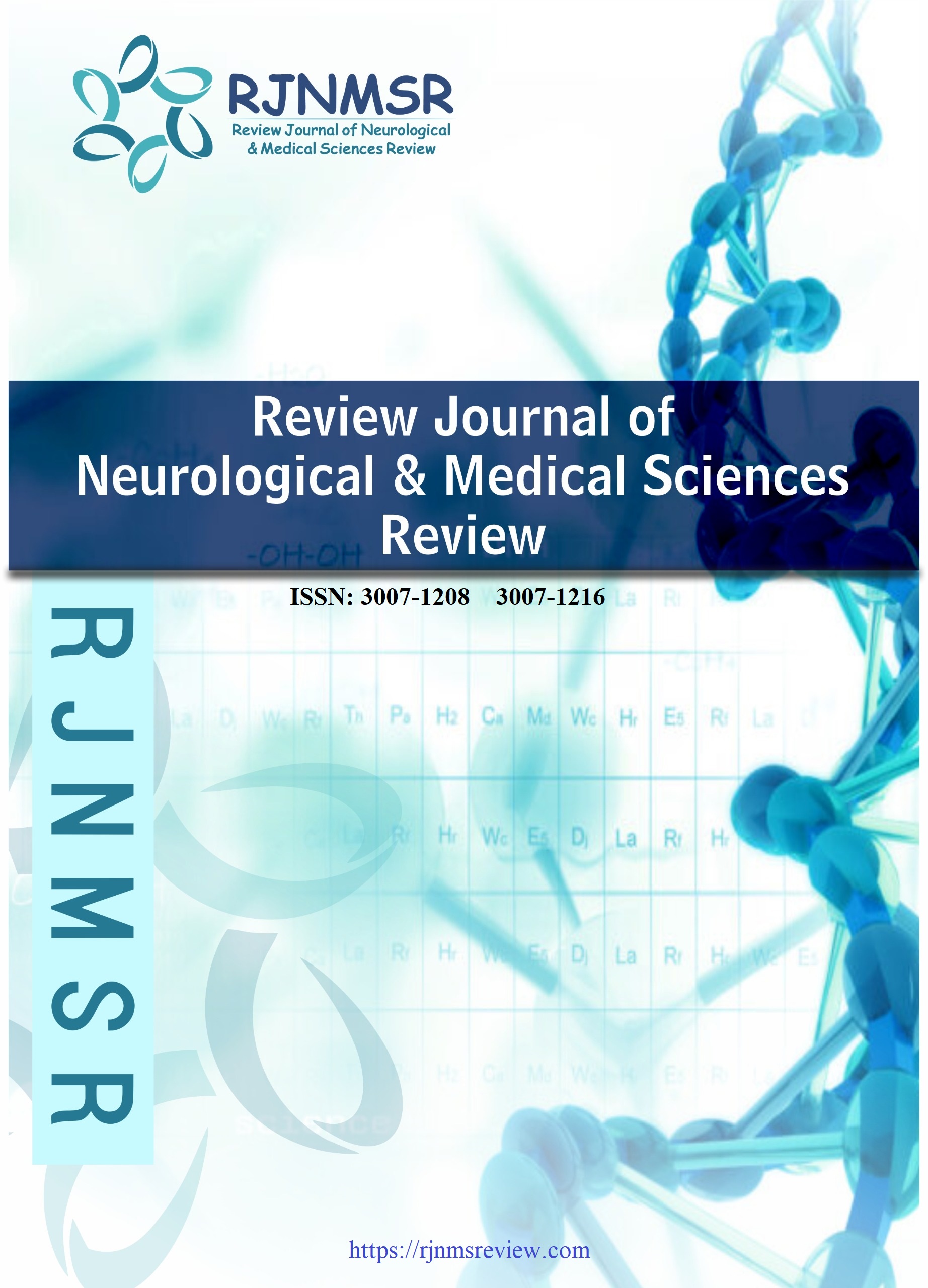Exploring Genetic Divergence Through DNA Barcoding: Applications in Taxonomy and Conservation Biology
DOI:
https://doi.org/10.63075/evxzc326Abstract
Genetic divergence, a fundamental process of evolution and speciation, is critical in understanding biodiversity and guiding conservation efforts. DNA barcoding has emerged as a powerful molecular technique that utilizes short, standardized genetic markers to identify and differentiate species accurately. This study aimed to explore the extent of genetic divergence among selected plant species through DNA barcoding and assess its implications for taxonomy and conservation biology. The research was conducted at the Department of Botany, The Islamia University of Bahawalpur, and DHQ Hospital Lodhran. Leaf samples from morphologically similar yet taxonomically uncertain plant species were collected. DNA was extracted using the CTAB method, followed by PCR amplification targeting the matK and rbcL regions. Sequencing results were analyzed using bioinformatics tools including MEGA and BLAST to construct phylogenetic trees and evaluate inter- and intraspecific genetic variations. The findings demonstrated that DNA barcoding provided a reliable means to distinguish closely related species, unveiling cryptic diversity and correcting taxonomic ambiguities. Significant genetic divergence was observed in certain taxa, underscoring the importance of molecular data in refining classification systems. Moreover, the results highlighted DNA barcoding’s vital role in identifying endangered species, thereby aiding conservation planning and ecological monitoring. In conclusion, DNA barcoding offers a rapid, precise, and cost-effective approach for biodiversity assessment, with profound implications for taxonomy and conservation biology.

